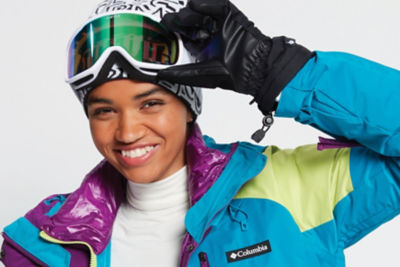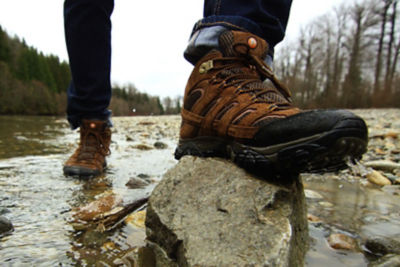Ski and Snowboard Helmet Application: Proper Fit is Everything
Make sure your ski or snowboard helmet isn’t too tight or too loose before taking on the slopes.
An essential piece of equipment any skier or snowboarder needs before hitting the slopes is a helmet. Wearing an ill-fitting ski or snowboard helmet defeats its intended purpose.
When looking for a helmet, there are a few things you should consider. The sizing for snowboard and ski helmets depends on three factors: how it fits your head, the space between your goggles and the helmet, and the chin strap.
SNOWBOARD AND SKI HELMET SIZING
When choosing a helmet, try it on to find your proper fit. A good helmet should fit snugly around your head, but not be too tight. To check for the proper fit, put the helmet on and shake your head from side to side. If the helmet shifts, try a smaller size. If it’s too tight, go up a size.
HELMET-TO-GOGGLE SPACING
Once you find a helmet that fits snug on your head, you should check the spacing between the front of the helmet and your goggles. There should be no gap between the edge of your helmet and the top of your goggles. The snowboard or ski helmet should also not sit so low that it presses down on the goggles. The helmet should also not hinder your vision.
SNOWBOARD AND SKI HELMET CHIN STRAP
The last thing to consider when finding your ski or snowboard helmet is the chin strap. The chin strap should fit comfortably against your throat. If it’s too loose, tighten the adjustable strap. This can help keep your helmet stay in place as you make your way down the mountain.
Follow these helmet application tips to help you prepare for a fun and safe time on the slopes. Before you head out, complete your look with ski boots and snow goggles using this equipment guide from Pro Tips. And make sure you have all the gear you need with our Pro Tips Snowboard Checklist and Pro Tips Ski Essentials Checklist.








